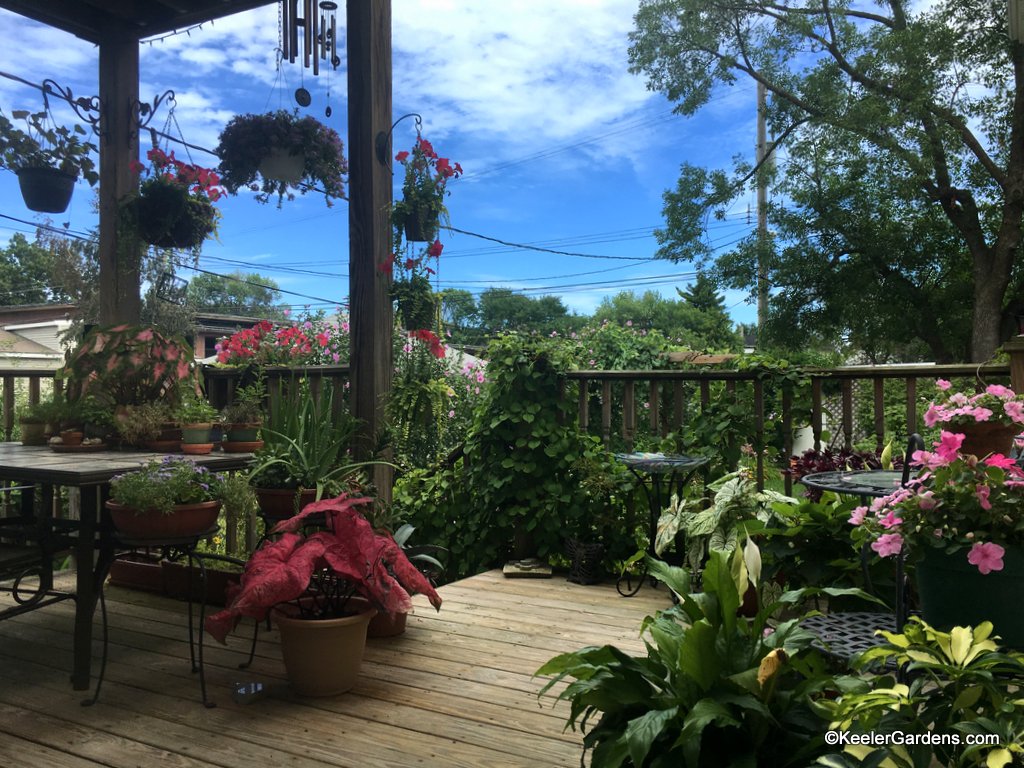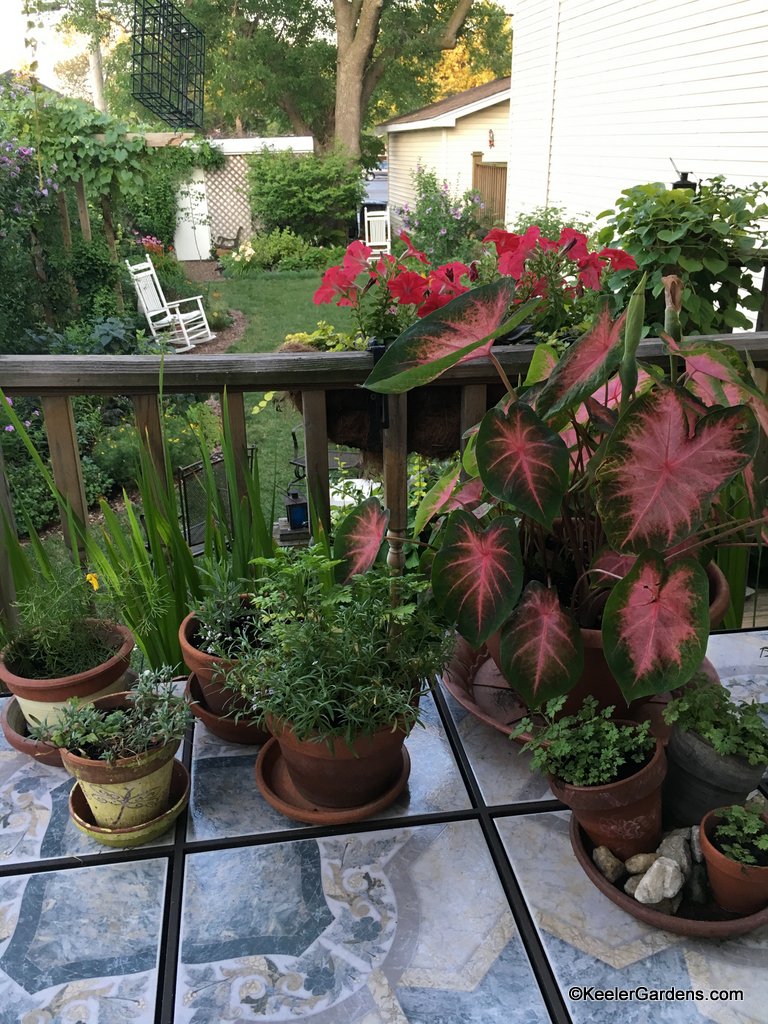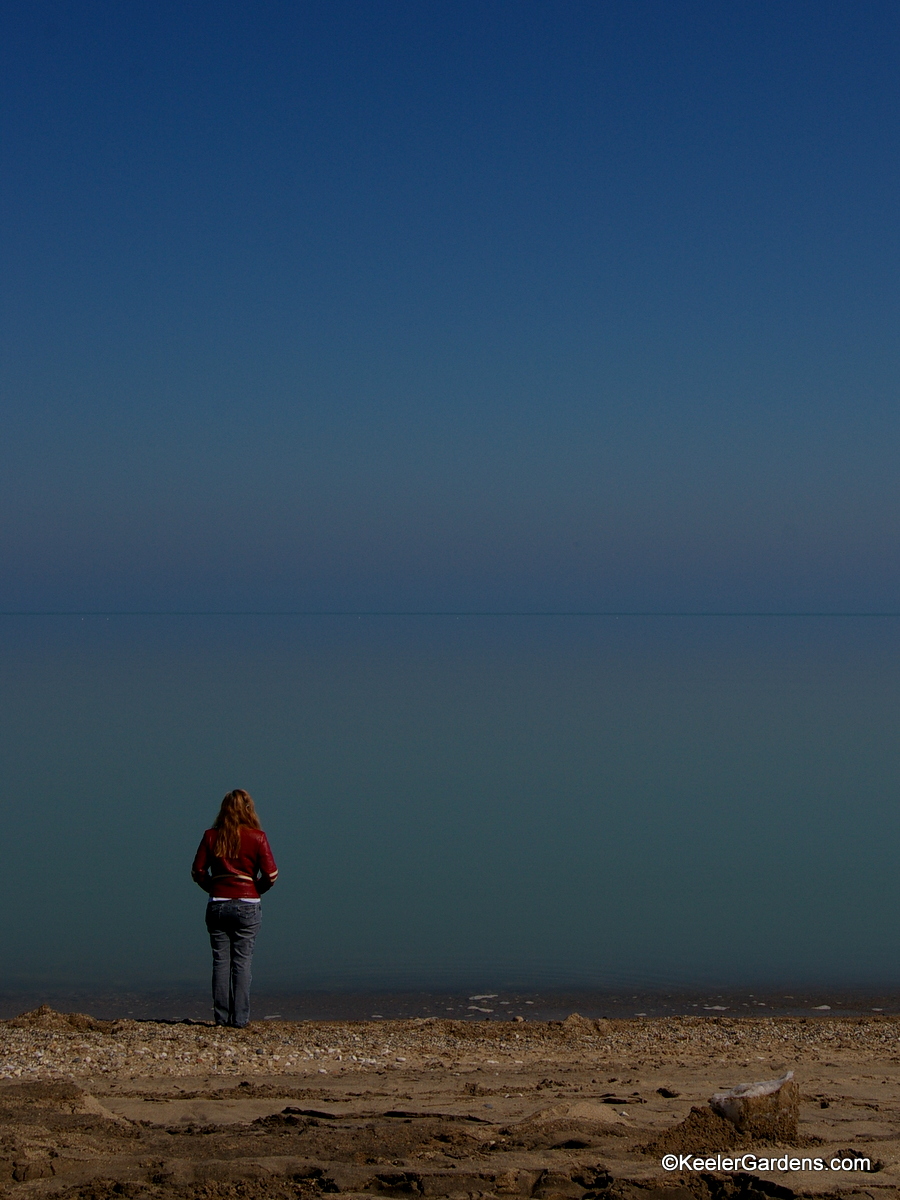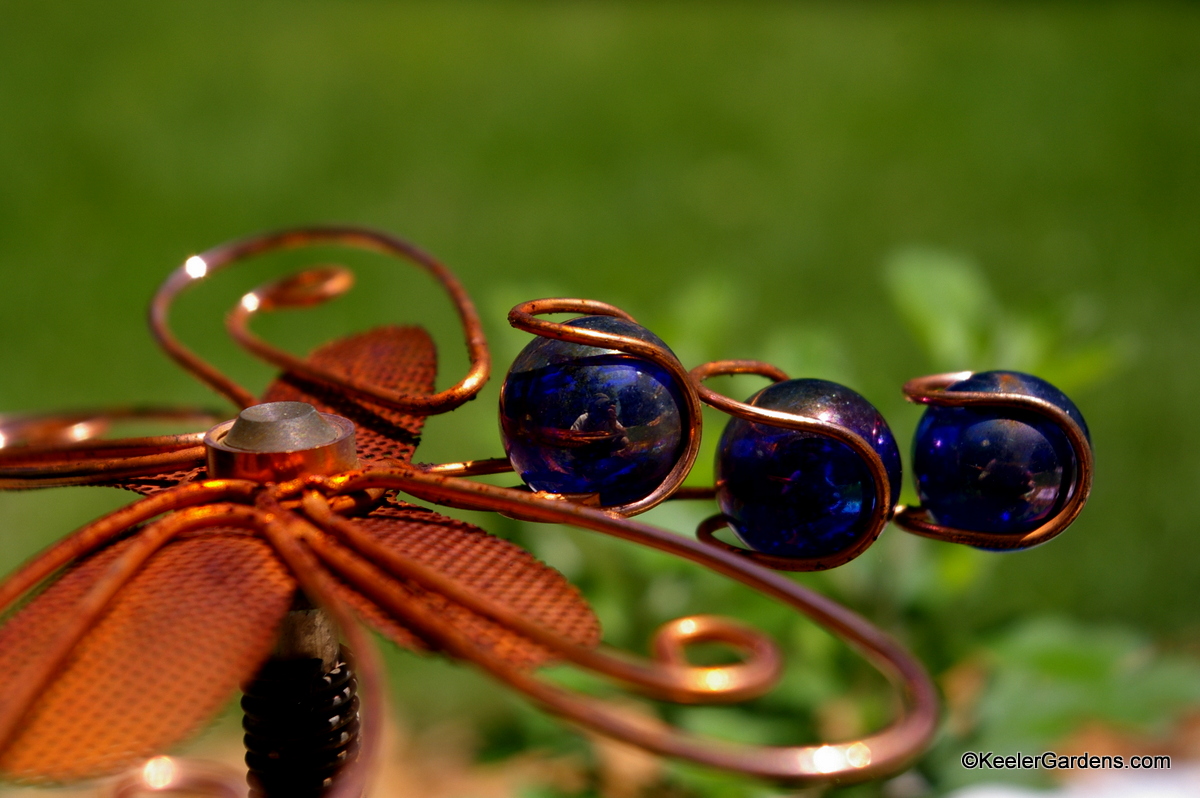This page is dedicated to our one buzz word – Biophilia.

Our goal is to introduce you to the term biophilia, its meaning, and what it means to us as individuals and communities. Biophilia has been defined as the love of life and all living things, fueling an innate desire to connect with the natural world.
We have a list of links on our Studies page, you can visit to learn even more. We will bring you updates as new data becomes available. Some of our references will be technical, some not so much. You will gain more insight into our inherent need for a connection to the natural world.
What is Biophilia?

A psychologist with many specialties, Erich Fromm, is believed to have first coined the term biophilia. His work, The Heart of Man, is used as a reference for the psychology behind the term. Fromm speaks of a “psychological orientation” that makes us yearn for and draws us “to all that is alive and vital.” E. O. Wilson is another champion of biophilia, dedicating a work with the same title on his personal experiences.
And there are many other works that more broadly address this connection, our relationship to the natural world. Richard Louv’s work, The Last Child in the Woods, is subtitled “Saving our Children from Nature-Deficit Disorder.“ It’s that nature-deficit we are trying to fill, by bringing more of that natural world into our daily lives.
Many have championed the concept of including the natural world in our lives throughout the years. Jens Jensen consistently modeled his landscapes after truly natural settings, and Frederick Law Olmsted demanded settings be park-like for the benefit of those who lived there.
The Benefits of Biophilia

So what happens when we nurture this connection with nature? Some tangible results are rejuvenation and increased attention. Fatigue and stress lessen, while productivity, problem-solving and mastery skills improve. Decision-making and self-discipline improve, and it fosters creativity and personality development. Healing is enhanced while childhood diagnoses are reduced. We strongly encourage you to look at some of the research data we have compiled on our Studies page. You will find the results quite moving.
We also learned that the quality of our environment correlates to our values. So on a grander scale when we include the natural world in our lives we not only improve the ecosystems we improve our community at a fundamental level.
It’s this fundamental level we are working on at Keeler Gardens, a 501(c)(3). Start with one plant on a desk, a tree in a parkway, simple efforts that have the potential to make huge changes.
Being Biophilic
We encourage you learn more, visit our our Studies page for research and articles, and ask questions so we can offer you insights. There are so many easy and amazing ways we can improve our lives by inviting other living things in. Let us show you what we have done, what we have to offer, what we hope our community will accomplish, and how we can inspire your community, too.
